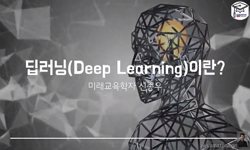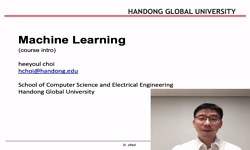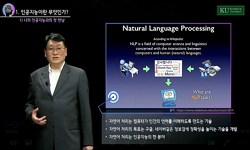Objective: This study investigates the possibility of utilizing deep learning algorithm to predict motion intention of workers based on joint kinematic data. It is to secure motion intention-response simultaneity for efficient and safe worker-exoskele...
http://chineseinput.net/에서 pinyin(병음)방식으로 중국어를 변환할 수 있습니다.
변환된 중국어를 복사하여 사용하시면 됩니다.
- 中文 을 입력하시려면 zhongwen을 입력하시고 space를누르시면됩니다.
- 北京 을 입력하시려면 beijing을 입력하시고 space를 누르시면 됩니다.
https://www.riss.kr/link?id=A108522191
- 저자
- 발행기관
- 학술지명
- 권호사항
-
발행연도
2022
-
작성언어
Korean
- 주제어
-
KDC
530
-
자료형태
학술저널
- 발행기관 URL
-
수록면
5-8(4쪽)
- 제공처
-
0
상세조회 -
0
다운로드
부가정보
다국어 초록 (Multilingual Abstract)
Objective: This study investigates the possibility of utilizing deep learning algorithm to predict motion intention of workers based on joint kinematic data. It is to secure motion intention-response simultaneity for efficient and safe worker-exoskeleton robot interaction. Background: Industrial exoskeleton robots are emerging as a solution to reduce work-related musculoskeletal disorders. The main key for successful development of an active exoskeleton robot is to understand and respond accurately to the wearers motion intention. The control system of a wearable robot needs to recognize in advance the exact moment to start activating its joints. Method: Sequential data for 6 representative motion types (walking, left lunge, right lunge, stoop, squat, Asian squat) of the lower extremity joints were collected using inertial measurement unit (IMU) sensors. A Long Short-Term Memory (LSTM)-based model, which is one of the representative deep learning techniques, was designed to train the data. The accuracy and speed of the model for predicting the motion intention of the subjects were analyzed. Results: The classification model showed 86% of accuracy in average which is satisfactory considering its small size of training data set. Using only the initial data from one motion cycle, it was confirmed that the model can predict which type of motion is in progress 75 to 100ms earlier than follow-up movement of the successive joint. Conclusion: This study confirmed the possibility of using artificial intelligence technique in predicting motion intention of workers based on earlier joint kinematic data. It is expected to develop a more sophisticate prediction model in the further study based on multimodal data sets gathered from various sensors such as EMG and Foot Pressure Sensor. Application: The prediction system for motion intention of workers based on deep learning algorithm could be a solution to secure the simultaneity in human-robot interaction.
목차 (Table of Contents)
- ABSTRACT
- 1. Introduction
- 2. Method
- 3. Results
- 4. Conclusion
- ABSTRACT
- 1. Introduction
- 2. Method
- 3. Results
- 4. Conclusion
- References
동일학술지(권/호) 다른 논문
-
저상택배차량에서의 들기작업에 대한 3차원 동작측정과 요추 부하 분석
- 대한인간공학회
- 최재경(Jae-Kyeong Choi)
- 2022
-
소규모 사업장에서의 안전보건관리담당자 제도 도입 효과 고찰
- 대한인간공학회
- 우종하(Jongha Woo)
- 2022
-
기계식 키보드 스위치 유형에 따른 사용성 및 근육활동 분석
- 대한인간공학회
- 최병규(Byungkyu Choi)
- 2022
-
토픽 모델링 및 친화도법을 활용한 중대재해 유발 요인 분석
- 대한인간공학회
- 이가람(Garam Lee)
- 2022




 DBpia
DBpia






